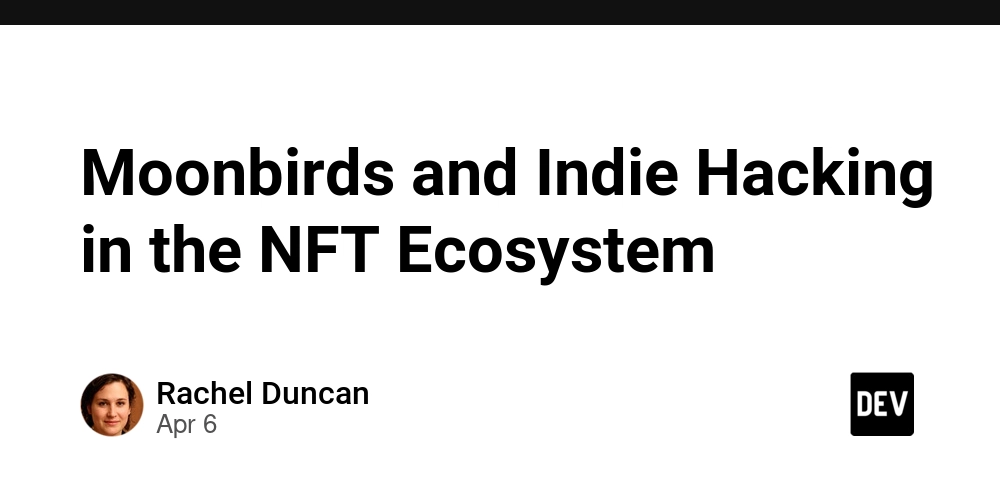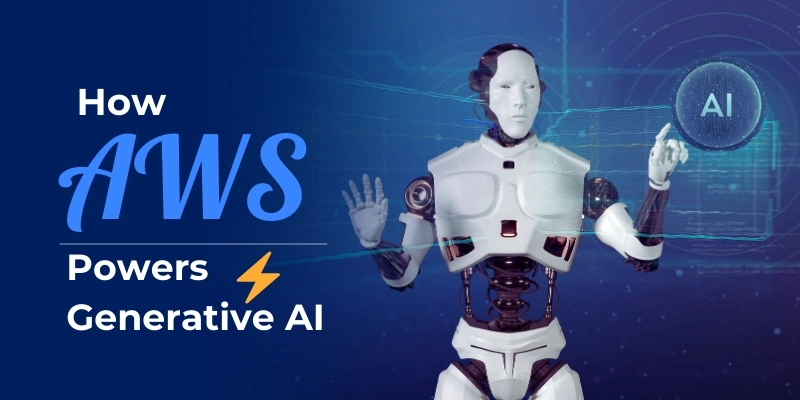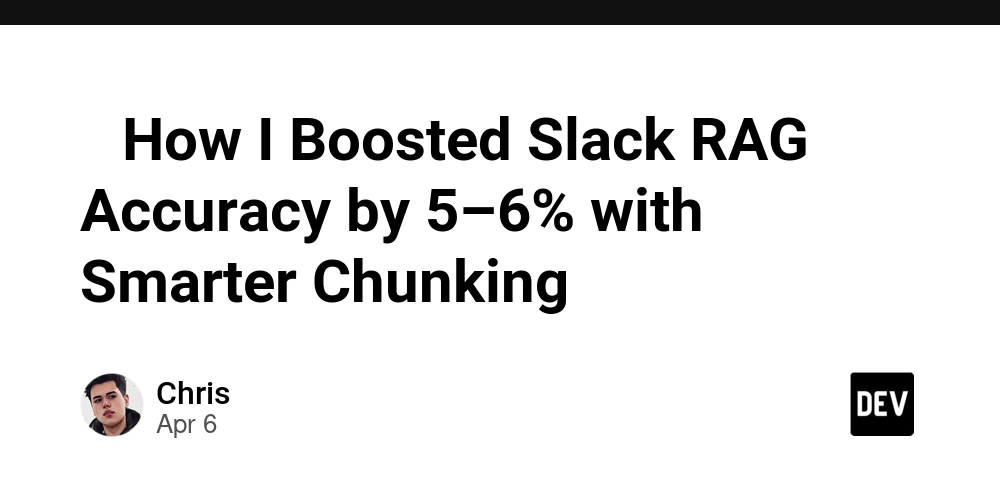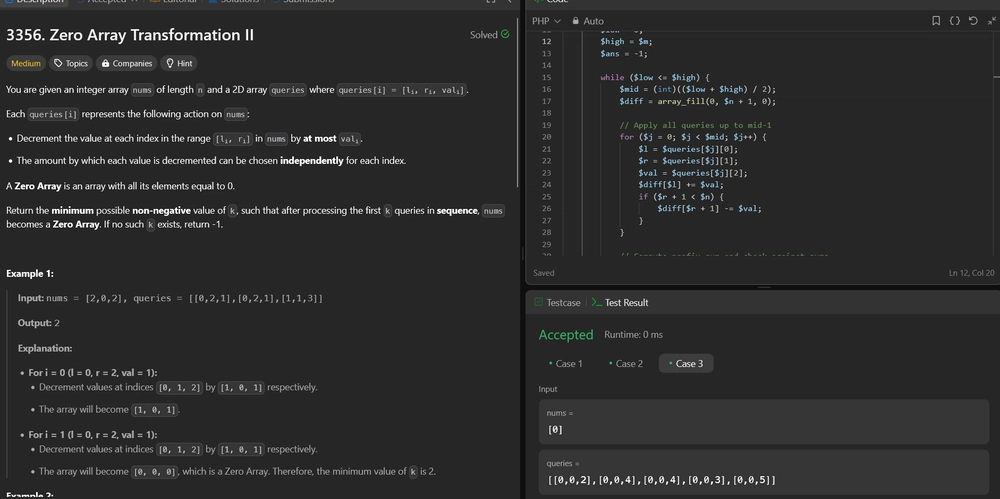Table of Contents What My Old Task Separator Looks Like Disadvantages of the Old App What To Do Assistant Should Look Like Finetuning the Model The Model The Data The Flow Sum Up What My Old Task Separator Looks Like I previously built an app called the "Task Separator," which I discussed in another post. Here's how it worked: I used a Telegram bot to receive voice inputs like "remind me to play badminton." The Whisper model converted the speech to text. The app then created tasks in Microsoft To Do, adding attributes like importance, reminder time, and due date. Task generation was powered by ChatGPT 4o Mini. For example: Input: "I want to go shopping at 8 o'clock and call my parents tomorrow" Output: ["Go shopping at 8 o'clock", "Call my parents tomorrow"] That's why I called it the "Task Separator"—it splits a single input into multiple tasks. Disadvantages of the Old App While the concept was solid, the app had several practical drawbacks: Inconvenience: I had to open Telegram to use the voice feature, unlike "Hey Google," "Hi Bixby," or "Hi Siri," which work directly from the lock screen. Language Issues: Whisper struggled with Vietnamese speech-to-text conversion. Memory Lapses: When using voice mode, I often forgot tasks mid-sentence, leading to clumsy inputs with "uhm" or "oh." For example: Input: "I want to go shopping at 8 o'clock, uhm, I'm sorry, at 9 o'clock." Output: ["Go shopping at 9 o'clock."] Lack of Personalization: ChatGPT couldn’t generate tasks with attributes tailored to my preferences (e.g., importance, due date, reminder time). Limited Task Management: The app couldn’t read my "My Day" tasks in Microsoft To Do, prioritize them, assign time blocks, or assess importance. Generic Subtasks: It couldn’t generate personalized subtasks based on my habits. For instance, when I said, "Pack my package to go to Gia Lai," I wanted: - My hat - My skincare box - My shoes But it generated generic subtasks like: -

Table of Contents
- What My Old Task Separator Looks Like
- Disadvantages of the Old App
- What To Do Assistant Should Look Like
-
Finetuning the Model
- The Model
- The Data
- The Flow
- Sum Up
What My Old Task Separator Looks Like
I previously built an app called the "Task Separator," which I discussed in another post. Here's how it worked:
- I used a Telegram bot to receive voice inputs like "remind me to play badminton."
- The Whisper model converted the speech to text.
- The app then created tasks in Microsoft To Do, adding attributes like importance, reminder time, and due date.
- Task generation was powered by ChatGPT 4o Mini.
For example:
Input: "I want to go shopping at 8 o'clock and call my parents tomorrow"
Output: ["Go shopping at 8 o'clock", "Call my parents tomorrow"]
That's why I called it the "Task Separator"—it splits a single input into multiple tasks.
Disadvantages of the Old App
While the concept was solid, the app had several practical drawbacks:
- Inconvenience: I had to open Telegram to use the voice feature, unlike "Hey Google," "Hi Bixby," or "Hi Siri," which work directly from the lock screen.
- Language Issues: Whisper struggled with Vietnamese speech-to-text conversion.
- Memory Lapses: When using voice mode, I often forgot tasks mid-sentence, leading to clumsy inputs with "uhm" or "oh." For example:
Input: "I want to go shopping at 8 o'clock, uhm, I'm sorry, at 9 o'clock."
Output: ["Go shopping at 9 o'clock."]
- Lack of Personalization: ChatGPT couldn’t generate tasks with attributes tailored to my preferences (e.g., importance, due date, reminder time).
- Limited Task Management: The app couldn’t read my "My Day" tasks in Microsoft To Do, prioritize them, assign time blocks, or assess importance.
- Generic Subtasks: It couldn’t generate personalized subtasks based on my habits. For instance, when I said, "Pack my package to go to Gia Lai," I wanted:
- My hat
- My skincare box
- My shoes
But it generated generic subtasks like:
- 








































































































































































![[The AI Show Episode 142]: ChatGPT’s New Image Generator, Studio Ghibli Craze and Backlash, Gemini 2.5, OpenAI Academy, 4o Updates, Vibe Marketing & xAI Acquires X](https://www.marketingaiinstitute.com/hubfs/ep%20142%20cover.png)



























































































































![[FREE EBOOKS] The Kubernetes Bible, The Ultimate Linux Shell Scripting Guide & Four More Best Selling Titles](https://www.javacodegeeks.com/wp-content/uploads/2012/12/jcg-logo.jpg)



![From drop-out to software architect with Jason Lengstorf [Podcast #167]](https://cdn.hashnode.com/res/hashnode/image/upload/v1743796461357/f3d19cd7-e6f5-4d7c-8bfc-eb974bc8da68.png?#)






































































































.png?#)




.jpg?#)
































_Christophe_Coat_Alamy.jpg?#)







































































































![Rapidus in Talks With Apple as It Accelerates Toward 2nm Chip Production [Report]](https://www.iclarified.com/images/news/96937/96937/96937-640.jpg)









































































































































